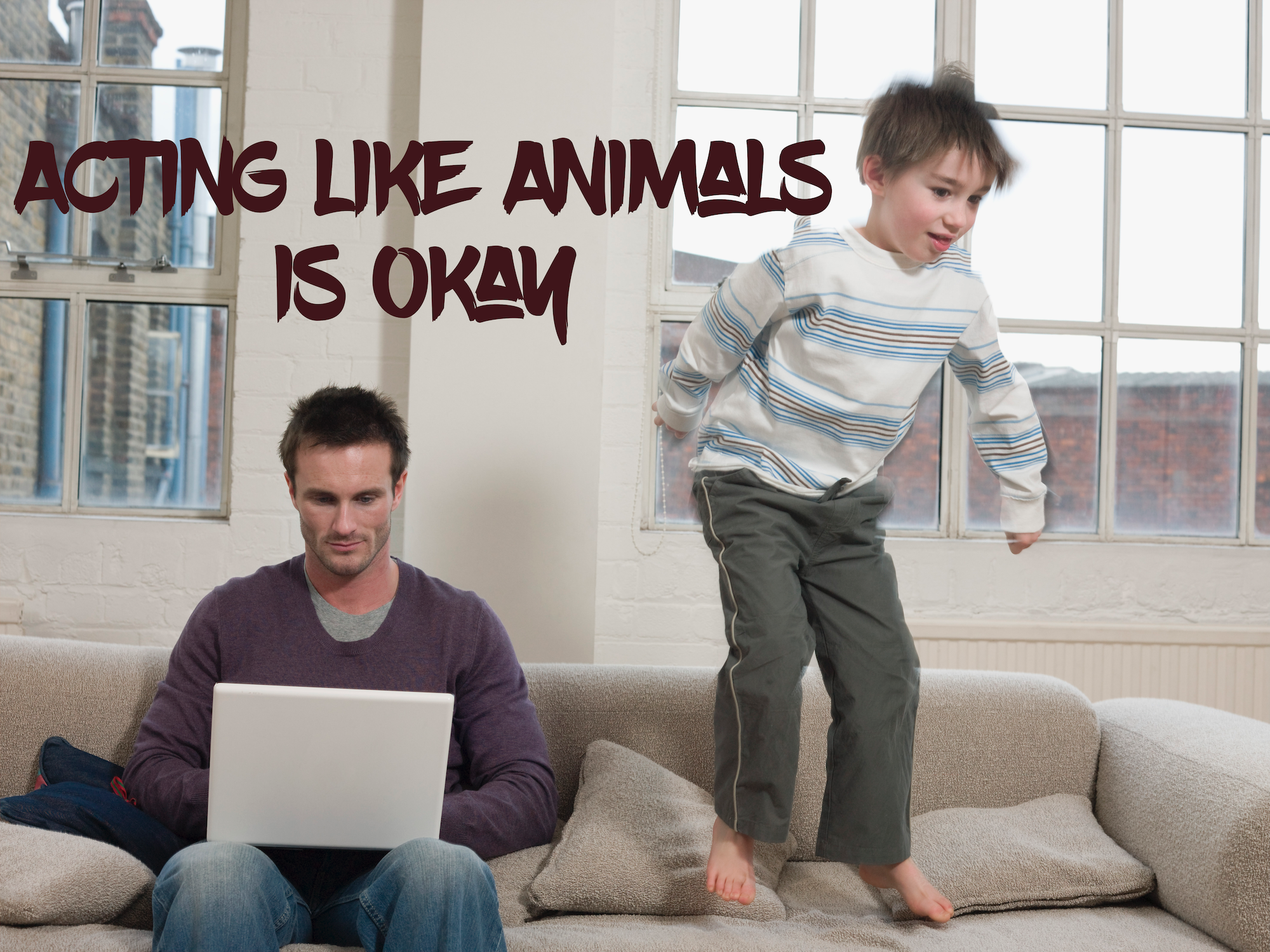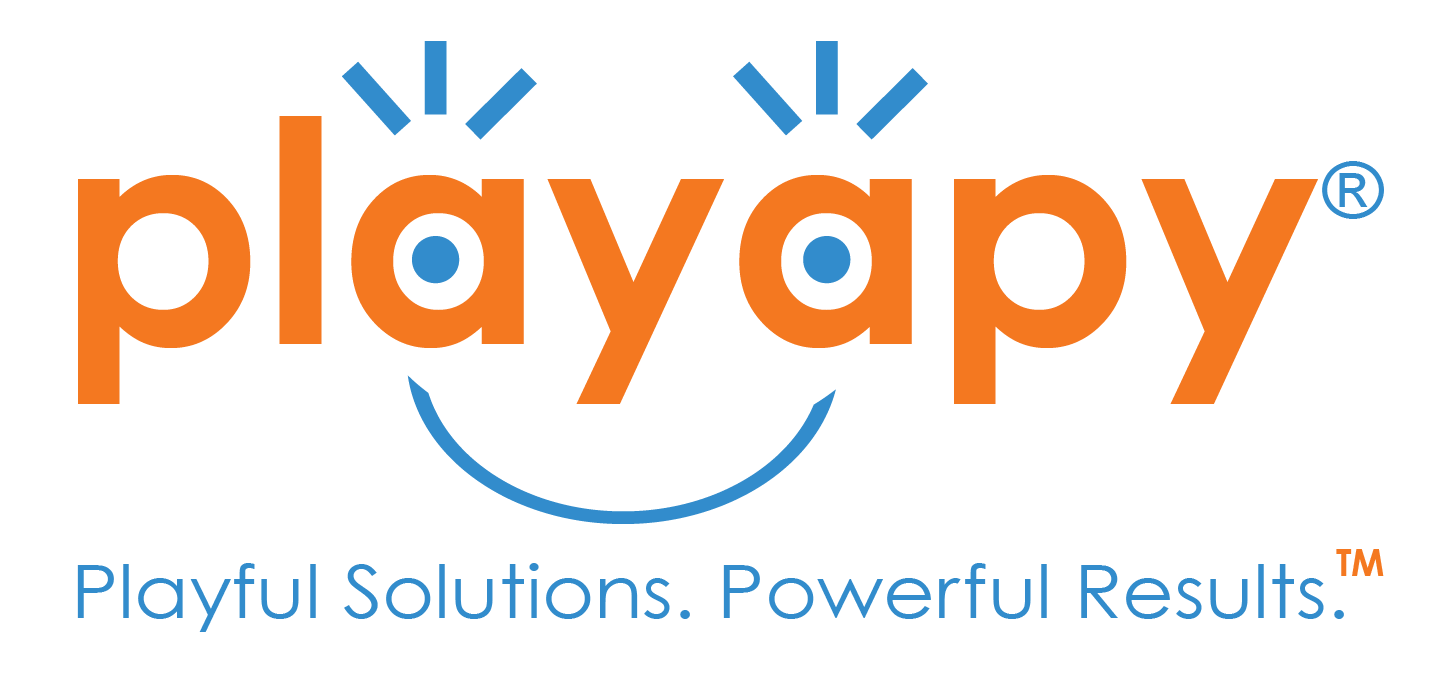
29 Feb Acting like Animals is Okay
We have all heard parents describe their children negatively by saying they are acting like animals. They may be jumping on or crawling under furniture testing a parents patience. What if encouraging them to act like animals actually had benefits to their development? Then would it be okay with you?
Why?
Using animal walks in the name of exercise could help to build a mix of strength, endurance, flexibility, coordination, and more? Below is a list of gross motor coordination exercises that can do just that. Maybe your child is already strong and you need new ideas to burn off excessive energy. The best part about these exercises is that children have no idea they are so good for them. It’s like giving them candy-flavored medicine for the muscles except without the aftertaste.
How?
These exercises can be practiced in a series or individually. You can race with them for your own workout or pretend like you are timing them to give extra incentive. They are listed in alphabetical order to facilitate play. You first can ask, “What animal am I thinking of that begins with A?” After a few guesses, you can tell them and ask them to demonstrate how they think an alligator crawls. You can show them or use the description provided first to see if they can follow your directions. These animal walk exercises are a great warm-up activity before sitting down to do written work at a table for kids of many ages. They help to get the mind and body ready and help to make learning and exercise playful and fun.
Which?
Here is the list of Animal Races from A to K. Download it to share and watch this video to see a demonstration.
Alligator Crawling: Have your child lie on the floor with the tummy facing down. Then ask him/her to push forward using only the elbows and shoulders to propel self while keeping the legs together.
Bear Walking: Have your child stand and then place hands to the floor keeping the legs and arms straight forming a triangle with the floor. Then ask him/her to walk keeping the knees from bending as much as possible.
Crab Walking: Have your child sit on the floor with the tummy facing up keeping hands and feet in contact with the floor. Then ask him/her to walk keeping the rear off the floor and pushing the tummy toward the ceiling.
Duck Walking: Have your child stand and then squat down keeping hands close to the face with elbows bent and close to body. Then ask him/her to walk keeping the knees bent and moving arms in same direction as the legs as they switch.
Elephant Walking: Have your child kneel on the floor with the tummy facing down and the hands in front on the floor. Then ask him/her to walk keeping the head facing up and moving only the right side of the body then the left repeatedly.
Frog Hopping: Have your child stand and then squat down to place the hands on the floor with knees bent and spread open. Then ask him/her to hop keeping the rear low to the ground.
Gorilla Walking: Have your child kneel on the floor with the tummy facing down with closed fists in contact with the floor. Then ask him/her to walk keeping the knees off the ground and hands fisted.
Horse Trotting: Have your child stand and lift one knee up to chest. Then ask him/her to trot by pushing the elevated leg down and lifting the other leg up repeatedly moving forward.
Iguana Crawling: Have your child lie on the floor with the tummy facing down. Then ask him/her to push forward using the elbows and shoulders to propel self while bending one knee at a time to assist while keeping the hips low to the ground.
Jaguar Walking: Have your child stand and then place hands in front forming a triangle with the floor. Then ask him/her to walk the hands forward lifting one knee with foot off the ground. Then have him/her place the foot down and switch legs repeatedly while moving forward.
Kangaroo Hopping: Have your child stand with feet together and with hands at chest level with elbows bent. Then ask him/her to hop forward repeatedly keeping the feet together.
Amy Baez, MOT, OTR/L
Amy Baez is the Founder of Playapy and Creator of the PALS Handwriting Program. She is a pediatric occupational therapist, speaker, and parent coach with 20 years of experience. Learn more at www.amybaez.com.
